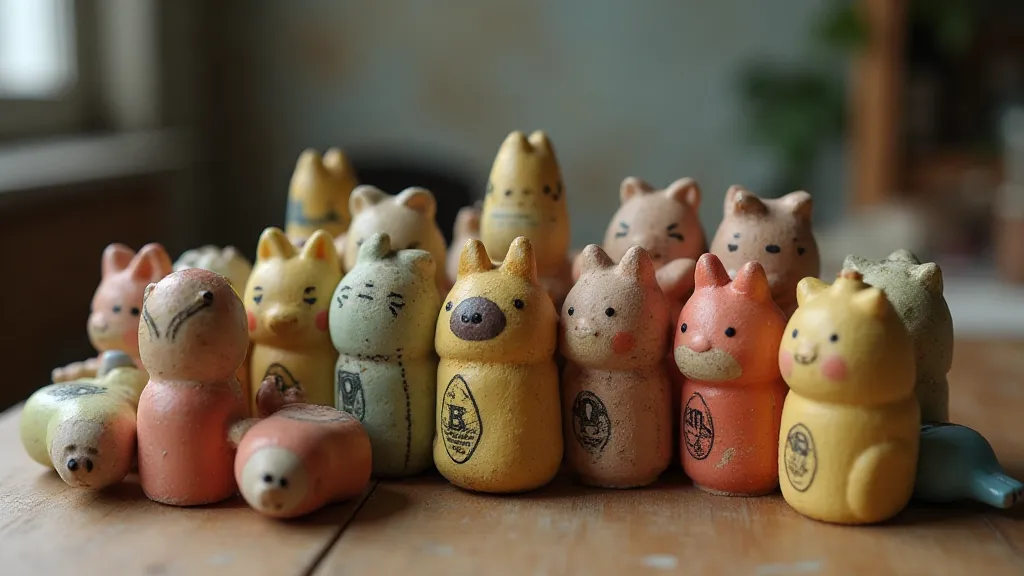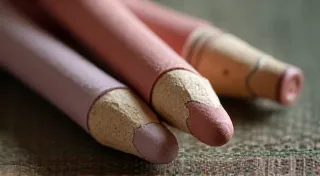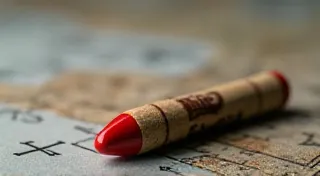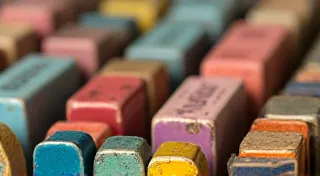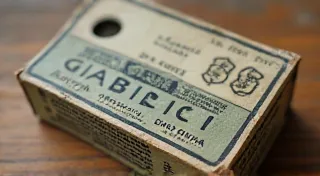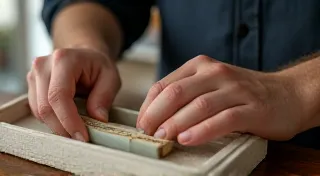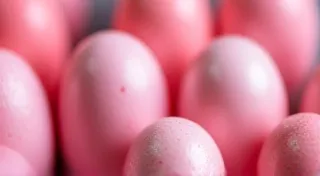The Eraser as Art: Examining Decorative Vintage Erasers
For many, the humble pencil eraser is a utilitarian object, a simple tool for correcting mistakes. But for collectors of vintage stationery, these small blocks of rubber (and later, vinyl) represent a fascinating glimpse into design trends, advertising history, and even artistic expression. Forget the basic pink rectangle – we’re diving into the world of decorative vintage erasers, examining the patterns, illustrations, and styles that transformed these everyday items into miniature works of art.
The Early Days: Simple Markings and Branding
Early pencil erasers, primarily made of rubber harvested from rubber trees, were functional first and foremost. In the mid-1800s, erasers were typically attached to pencils, or were sold separately as simple blocks. Markings were minimal, usually just the manufacturer’s name, often stamped directly onto the rubber. These early examples, while not visually elaborate, are valuable to collectors for their historical significance and rarity. Manufacturers like Eagle Pencil Company, Faber-Castell, and A.W. Faber were common, and finding erasers with crisp, legible markings from these companies can significantly boost their value.
As the rubber industry evolved and manufacturing processes became more sophisticated, the opportunity for decorative markings began to emerge. Early designs often incorporated simple logos or brand imagery. Think of stylized eagles for the Eagle Pencil Company, or elegant script lettering advertising the brand.
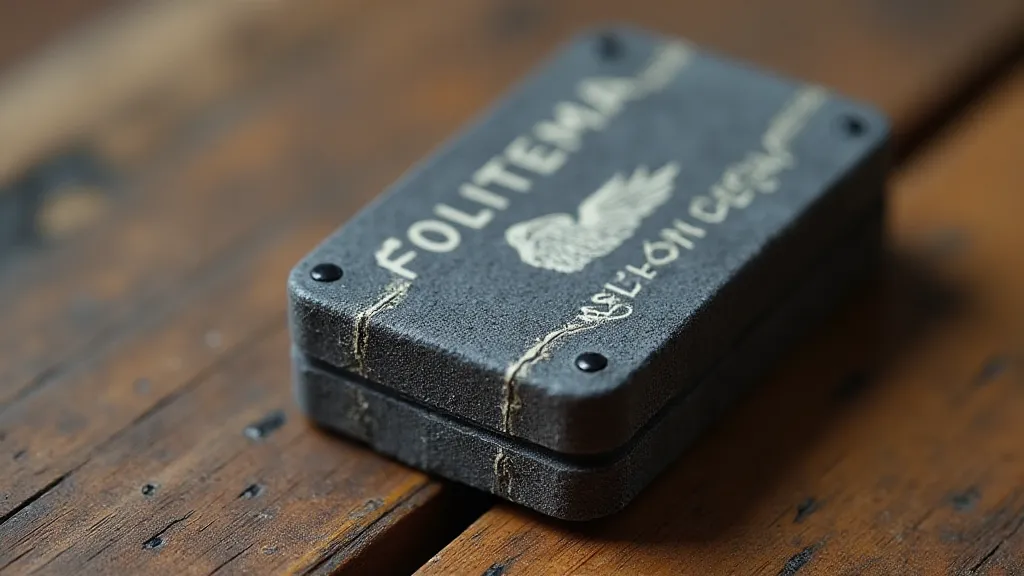
The Rise of Illustrated Erasers: A Reflection of the Times
The late 19th and early 20th centuries saw a boom in illustrated erasers. This period coincided with the rise of mass advertising and a growing appreciation for visual appeal. Eraser manufacturers recognized the power of imagery to attract consumers, particularly children. Suddenly, erasers weren’t just functional—they were miniature billboards.
The illustrations themselves were incredibly diverse, reflecting popular culture, advertising trends, and the evolving aesthetics of the time. Animals were a consistent favorite, ranging from realistic depictions of lions and tigers to cartoonish squirrels and rabbits. Flowers and landscapes were also popular choices, showcasing the beauty of nature and appealing to a sense of pastoral charm. More contemporary images featured popular actors, athletes, and even scenes from current events – a fascinating window into the past.
These illustrations weren’t just applied randomly; they were often carefully integrated into the eraser’s design. The shape of the eraser might be dictated by the image, creating unique and visually striking forms. Early lithographic techniques allowed for vibrant colors and intricate details, elevating the eraser from a simple tool to a piece of miniature art.
Artistic Styles: From Victorian Elegance to Art Deco Flair
The artistic styles found on vintage erasers mirror the broader artistic movements of the time. Victorian-era erasers often feature ornate borders, delicate floral patterns, and a general sense of refined elegance. The use of muted colors and subtle shading contributed to a feeling of sophistication.
As the Art Deco movement gained prominence in the 1920s and 1930s, erasers began to reflect this aesthetic. Geometric shapes, bold lines, and stylized figures became common. Colors became brighter and more vibrant, showcasing a sense of optimism and modernity. These Art Deco erasers are particularly sought after by collectors due to their unique design and historical significance.
The mid-century modern era saw a shift towards more abstract and minimalist designs. While still attractive, these erasers often featured simpler graphics and a focus on clean lines and functionality.
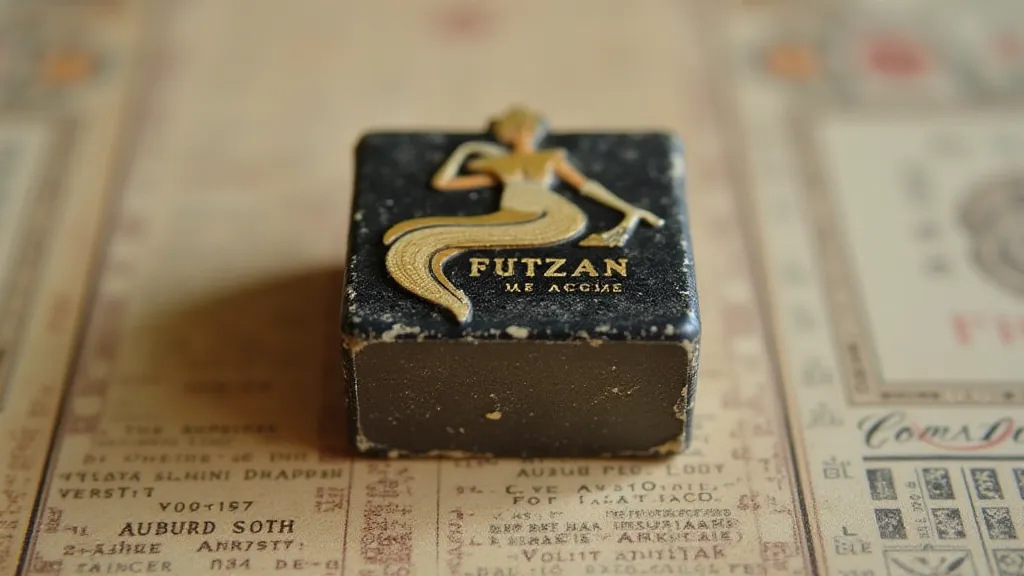
Materials and Manufacturing: From Rubber to Vinyl
The materials used to manufacture vintage erasers also played a role in their design and overall appeal. Early erasers were made from natural rubber, which often had a slightly grainy texture and a distinctive smell. As technology advanced, manufacturers began experimenting with other materials, including vinyl and plastic. Vinyl erasers, introduced in the mid-20th century, tended to be smoother and more durable than their rubber counterparts. They also allowed for more detailed printing, as the surface was more uniform.
The printing techniques used to apply the illustrations also evolved over time. Early lithography techniques were often used to create intricate designs, while later processes, like screen printing, allowed for mass production of simpler images.
Collecting Decorative Erasers: What to Look For
For collectors, the appeal of decorative vintage erasers lies not just in their aesthetic beauty but also in their historical significance and rarity. Here are a few things to keep in mind when building your collection:
- Rarity: Erasers featuring unusual illustrations or from lesser-known manufacturers are generally more valuable.
- Condition: Well-preserved erasers, free from cracks, chips, and excessive wear, command higher prices.
- Color: Vibrant colors, especially those that have faded less over time, are desirable.
- Manufacturer: Erasers from well-known manufacturers like Eagle Pencil Company, Koh-I-Noor, and Faber-Castell are often more sought after.
- Illustration: Erasers depicting popular figures, animals, or scenes are often more valuable, especially if the image is unique or humorous.
The Enduring Charm of Miniature Art
Vintage decorative erasers offer a unique window into the past, showcasing the evolving aesthetics and advertising trends of bygone eras. These small objects, often overlooked and undervalued, represent a fascinating form of miniature art—a testament to the creativity and ingenuity of the manufacturers who sought to transform a simple tool into something beautiful and memorable.
Whether you're a seasoned collector or just starting your journey, exploring the world of vintage decorative erasers is a rewarding experience, offering a delightful blend of history, art, and nostalgia.
